I am trying to determine whether a C# assembly is a GUI or a Console application in order to build a tool which will automatically recreate lost short cuts.
Currently, I have a routine which recursively steps all directories in Program Files (and the x86 directory).
For each EXE it finds, the tool calls IsGuiApplication, passing the name of the EXE.
From there, I create an Assembly object using LoadFrom. I want to check whether this assembly is has a GUI output, but I'm unsure how to test this in C#.
My current idea is to use GetStdHandle, but I'm not sure how to apply this to an assembly outside of the running application.
My experience with reflection in C# is limited, so any help would be appreciated.
using Microsoft.Win32;
using System;
using System.Collections.Generic;
using System.IO;
using System.Linq;
using System.Reflection;
using System.Runtime.InteropServices;
using System.Text;
using System.Threading.Tasks;
namespace BatchShortcutBuild
{
class Program
{
//I'm uncertain that I need to use this method
[DllImport("kernel32.dll", SetLastError = true)]
static extern IntPtr GetStdHandle(int nStdHandle);
static void Main(string[] args) {
BuildShortcuts();
Console.ReadLine();
}
public static void BuildShortcuts() {
String dirRoot = "C:\\Program Files\\";
processRoot(dirRoot);
dirRoot = "C:\\Program Files (x86)\\";
processRoot(dirRoot);
Console.WriteLine("Finished enumerating files");
Console.ReadLine();
}
public static void processRoot(String path) {
try {
foreach (String theDir in Directory.EnumerateDirectories(path)) {
processRoot(theDir);
}
foreach (String theFile in Directory.EnumerateFiles(path, "*.exe")) {
if (IsGuiApplication(theFile)) {
//I would generate a shortcut here
}
}
} catch { }
}
public static bool IsGuiApplication(String filePath) {
Console.WriteLine(filePath);
Assembly a = Assembly.LoadFrom(filePath);
//How to get the program type from the assembly?
return false;
}
}
}